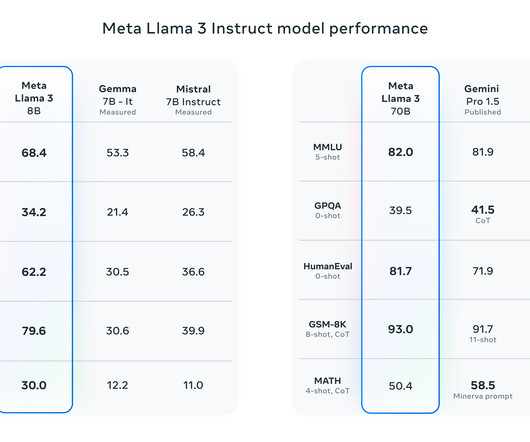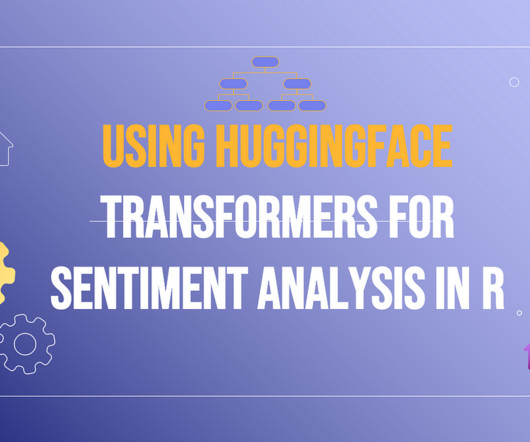Enhancing LLM Reliability: Detecting Confabulations with Semantic Entropy
Marktechpost
JUNE 22, 2024
Semantic entropy is a method to detect confabulations in LLMs by measuring their uncertainty over the meaning of generated outputs. This technique leverages predictive entropy and clusters generated sequences by semantic equivalence using bidirectional entailment.












Let's personalize your content